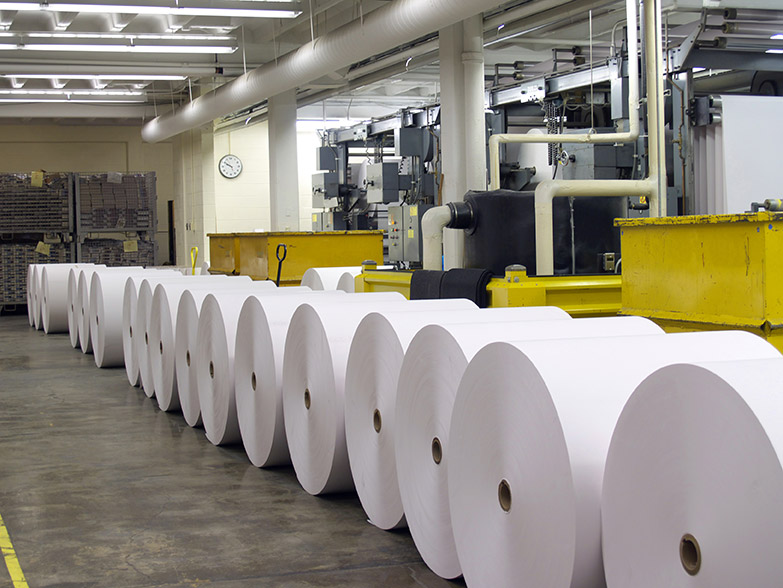Paper, the evergreen in the Worlds necessities for as long as we can remember. A medium of knowledge, poetry, hidden conversations carrying the most of human recorded history. We use it in our everyday lives more than almost anything else. It is an everlasting human invention that is widely used even today alongside developed technologies and computers we use, still the first thing we reach out for when trying to make a quick note on something or just waste time and doodle.
How is our paper manufactured? Although we know about Egyptians and papyrus, first ever recorded evidence of paper manufacturing as we know it today comes from ancient China some 2000 years ago. Although very little has changed over the years in paper manufacturing, modern technologies describe somewhat different process.
From Plantations to Mills
Although new technologies in manufacturing are being discovered and used one might think we’ve started using different kinds of paper manufacturing material. But, would you believe it? Your everyday paper is still produced and comes from same old raw material as it ever did – trees. Even the manufacturing process itself is pretty much the same, except today it is being modernised and we’ve managed to recycle old used paper in the process of manufacturing new.
However, mostly used material for precious cellulose are still tree trunks. Modern day paper manufacturers grow their own paper tree plantations. Most common trees for paper manufacturing these days are still pretty much the same as always and these are usually pine, birch, eucalyptus and conifer.
The process of paper manufacturing starts at these plantations or woods with trees being felled and transported to factories. Trees arrive at mills where they are finely cut and debarked. Debarked logs are then cut into small pieces/wood chips. Bark isn’t usually used in the paper making process, instead it’s being used as a fuel/energy resource.
Next step in the line is so called chemical pulping. Small wood pieces are being cooked, thus burning unnecessary lignin and other organic materials that cannot be used in the process of paper manufacturing. Once the wood is cooked it undergoes mechanical pulping which blends wood chips into paper fibre. At this point fibres resemble a soaking mush of paper, but still we’re not there just yet. After that the bleaching of fibres starts. Bleaching is what makes our paper appear in familiar white colour. Fibres of are then washed once again and dried forming a watery substance called pulp that is ready to get converted into paper. Usually some other ingredients are added to the fibre such as glue or even cotton fibre.
The watery mass is afterwards lined onto large machines where process of drying begins leaving fibres strongly bind resulting in a rough sheet of yet unprocessed paper. This is where our so much needed every day writing resource first comes to life still in form of watery web sheets, fragile and prone to tearing. These sheets are then sent through a series of mechanical processes including series of drying cylinders with high pressure that further dry out the mass and press the sheets all together leaving clean, brand new slits of paper. These slits are then pushed further onto machine called calendar. This
Machine ensures that paper is evenly thick and ready for the next phase of our paper manufacturing process- coating and colouring. Paper is then pushed once more, through series of cylinders where it is being sprayed with colour and coating film giving paper its final shine.
Finally, we come to the finishing process where paper is being rolled onto reels. These massive reels of paper are then fed to the cutting machine that cuts paper into an even white sheets of papery goodness being ready to be transported to warehouses. In those warehouses pallets and roles of paper sheets are then carefully wrapped up.
Paper manufacturing process finishes in paper ready to start its sole purpose journey. Journey ultimately leading it to us. Helping us make imprint of our everyday situations, memories and existence on this earth, but often not giving it a single thought about the hard and dreary process our omnipresent friend went through to be there just when we need it.

